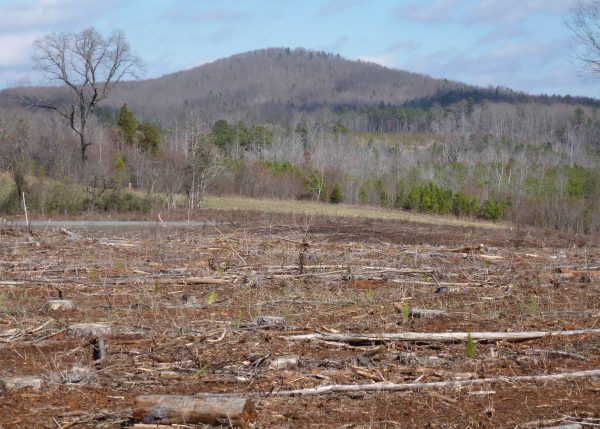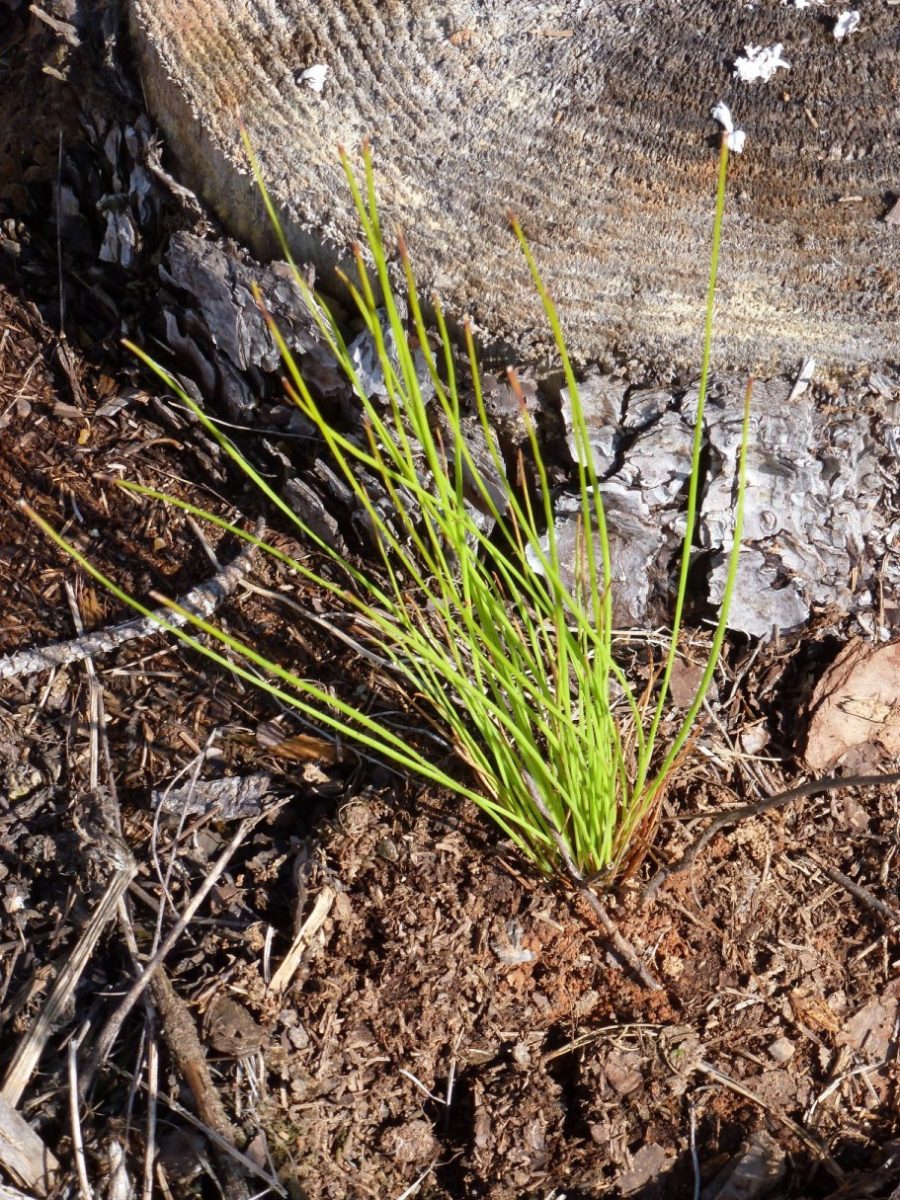Over time, land uses change but one thing is constant

During one of my college English classes, the professor told us Southern literature is distinguished by a heightened sense of family, history and place. (In a cheeky paper published years later, another UNC professor offered evidence to suggest the signifier can actually be reduced to a single entity: the presence of a dead mule.) Recently, when I was asked to give a talk about the history of land use on our farm in the Uwharries, I realized our story encompasses all of those elements.
My great-great-great-grandfather, Stephen Grissom, was born in Tennessee in the 1760s, about the time Daniel Boone began exploring the area west of the Appalachians. By 1805, he had settled in the Uwharries. That year, he signed a petition against mill dams being built on the Uwharrie River. He was concerned they would disrupt the shad run. This single document speaks volumes about my family and how they used their land. According to UNC history Professor Harry Watson, yeoman farmers signed this sort of petition because they needed the shad to help feed their families. They weren’t members of the merchant or planter class who might benefit from large-scale commercial agriculture. In the hilly and rocky terrain of the Uwharries, working small patches of earth was our only option.
[highlight]People lived off their forests as well as their fields—a way of life that was never lucrative but it provided good subsistence.[/highlight]
This pioneer spirit of living off the land endured well into the 20th century. In the 1930s, my great-grandfather sold raccoon pelts to a furrier in New York. Even into the 1950s, before my dad was old enough to drive the school bus, he earned money hunting squirrels. He sold them to a man in Troy for a dollar each, which was decent money back then. My people lived off their forests as well as their fields.
This way of life was never lucrative, but it provided a good, solid subsistence. Some say those in the country fared better than city folk during the Great Depression. They had cows, hogs and chickens for their dairy and meat. They grew corn and wheat for their personal use. In good years, there might be a little extra to sell. When Dad was young, the main cash crops were milo and lespedeza. Soybeans came later. My grandmother kept layers and sold the eggs to a merchant in Troy. She also tended a massive garden, canning and freezing the bounty to sustain them through the winter. Long after tractors were purchased to work the row crops, my grandfather kept a mule to plow her garden. This tradition continued into the 1960s. Alas, when Jack passed away, he wasn’t replaced.
Other things began to change as well. After Dad graduated from high school, he still helped on the farm, but he took a full-time job in construction as well. When my grandfather died in 1981, Dad continued farming on weekends and in the evenings, after 12-hour days commuting to large, commercial projects in cities across the Piedmont. That lifestyle wasn’t sustainable, and neither was our approach to farming. After policy changes implemented by the infamous Earl Butz, secretary of Agriculture during the Nixon administration, farmers were left with two choices: get big or get out. The topography of the Uwharries forced many of us to opt for the latter.

In the mid-1980s, Dad took advantage of a Farm Services Administration (FSA) program to take highly erodible land out of production. It paid part of the cost to establish grass or trees and offered long-term soil rental payments to help farmers transition to other sources of income. Dad wanted to plant longleaf pines so he could earn money raking the straw in addition to growing the timber. As with Stephen Grissom, he was a man ahead of his time. FSA wouldn’t support his plan – they said longleaf wouldn’t grow in the Piedmont – and steered him toward the typical loblolly plantation.
In general, a loblolly stand is thinned for pulp at 15 years, then the rest is harvested for saw timber at 30. The pines become a long-rotation row crop, perhaps more suited to our agricultural land in the Uwharries than corn, wheat or soybeans.
Dad delayed his thinning for several years, and by that time it made sense to cut everything at once.
Suddenly, we had some decisions to make, and we realized they would set us on a course for years to come. Dad let me and my sister make the call on how to proceed. Like many in our generation, we have moved away and no longer depend on the land to provide our primary source of income, but we have an abiding attachment to our home place. Since we didn’t need to maximize our return on investment, we had more latitude to manage the land in a way that benefits wildlife.
Since the 1980s, the thinking on longleaf has evolved. We now have locally sourced Uwharrie longleaf seedlings available for our reforestation efforts. There’s also a growing concern that shortleaf pine is in decline across its range. Both grow more slowly than a genetically engineered loblolly pine, and they generally co-exist with a more diverse suite of plants, creating better habitat. We put the shortleaf on the patches closest to our neighbors – so we wouldn’t have to do controlled burns near their dwellings as would be required with longleaf – and sowed native wildflowers and grasses among the longleaf seedlings.
Even though our management plan is geared toward wildlife, it doesn’t rule out some timber production. In fact, we plan to thin the stands as soon as possible to help create a more open savannah. If we’re lucky enough to live well into our 90s, like our cousin Jewell, we’ll see a forest starting to mature. At that point, we’ll have some prime habitat and high-value timber, and the care of both will rest in the hands of future generations.
Our land use changes over time, but our connection to the land remains.